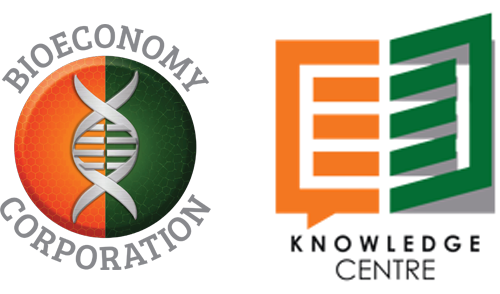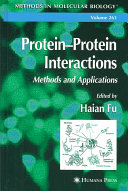Protein-Protein Interactions
| Series: | |
| Publisher: | Humana Press |
| Subject: | Protein-protein interactions, Protein Binding--physiology, Proteins--metabolism |
| Authors: | Haian Fu |
| Pages: | 532 pages |
| Binding: | Hardcover |
| ISBN: | 9781588291202 |
| Call No: | QP 551.5 P76 2004 |
As the mysteries stored in our DNA have been more completely revealed, scientists have begun to face the extraordinary challenge of unraveling the int- cate network of protein–protein interactions established by that DNA fra- work. It is increasingly clear that proteins continuously interact with one another in a highly regulated fashion to determine cell fate, such as proliferation, diff- entiation, or death. These protein–protein interactions enable and exert str- gent control over DNA replication, RNA transcription, protein translation, macromolecular assembly and degradation, and signal transduction; essentially all cellular functions involve protein–protein interactions. Thus, protein–p- tein interactions are fundamental for normal physiology in all organisms. Alt- ation of critical protein–protein interactions is thought to be involved in the development of many diseases, such as neurodegenerative disorders, cancers, and infectious diseases. Therefore, examination of when and how protein–p- tein interactions occur and how they are controlled is essential for understa- ing diverse biological processes as well as for elucidating the molecular basis of diseases and identifying potential targets for therapeutic interventions. Over the years, many innovative biochemical, biophysical, genetic, and computational approaches have been developed to detect and analyze p- tein–protein interactions. This multitude of techniques is mandated by the diversity of physical and chemical properties of proteins and the sensitivity of protein–protein interactions to cellular conditions.

